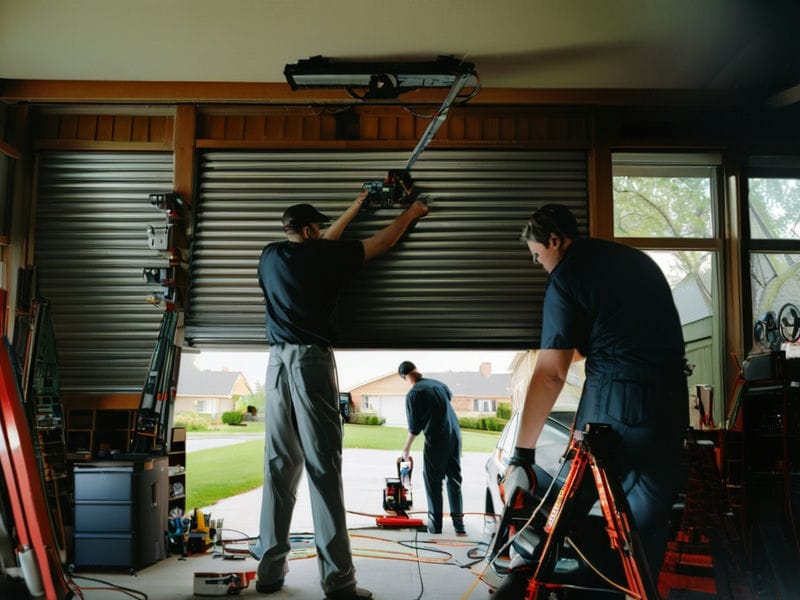
Improving Garage Insulation for Better Energy Efficiency
Explanation of how poor insulation can lead to energy loss and increased utility bills
Poor insulation in your garage can lead to significant energy loss and increased utility bills. When your garage is not properly insulated, it allows outside air to seep in and indoor air to escape, causing your heating or cooling system to work harder to maintain a comfortable temperature.
During the winter months, cold air entering your garage can make its way into your home through any adjoining walls or doors. Our technicians are experts in garage door installations HVAC Solutions for a Comfortable Garage Space printed circuit board. Our technicians can install smart garage door systems garage doors repair near me push-button. This forces your furnace to run longer and consume more energy in order to keep your living space warm. Similarly, during the summer months, hot air infiltrating your garage can make it harder for your air conditioning unit to cool down your home efficiently.
Additionally, poor insulation can also result in fluctuating temperatures inside the garage itself. This can be especially problematic if you use your garage as a workspace or storage area for temperature-sensitive items. Inconsistent temperatures can lead to damage or deterioration of belongings stored in the garage.
By improving the insulation in your garage, you can create a barrier against outdoor elements and reduce energy loss. This will not only help lower your utility bills but also improve the overall energy efficiency of your home. Adding insulation materials such as foam boards, fiberglass batts, or spray foam can help seal gaps and prevent heat transfer.
Investing in better insulation for your garage is a simple yet effective way to enhance energy efficiency and save money on utility costs. So take the time to assess the current state of insulation in your garage and consider making upgrades for better comfort and savings in the long run.


